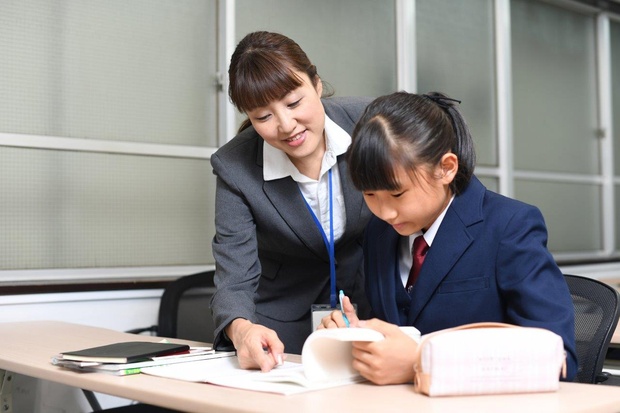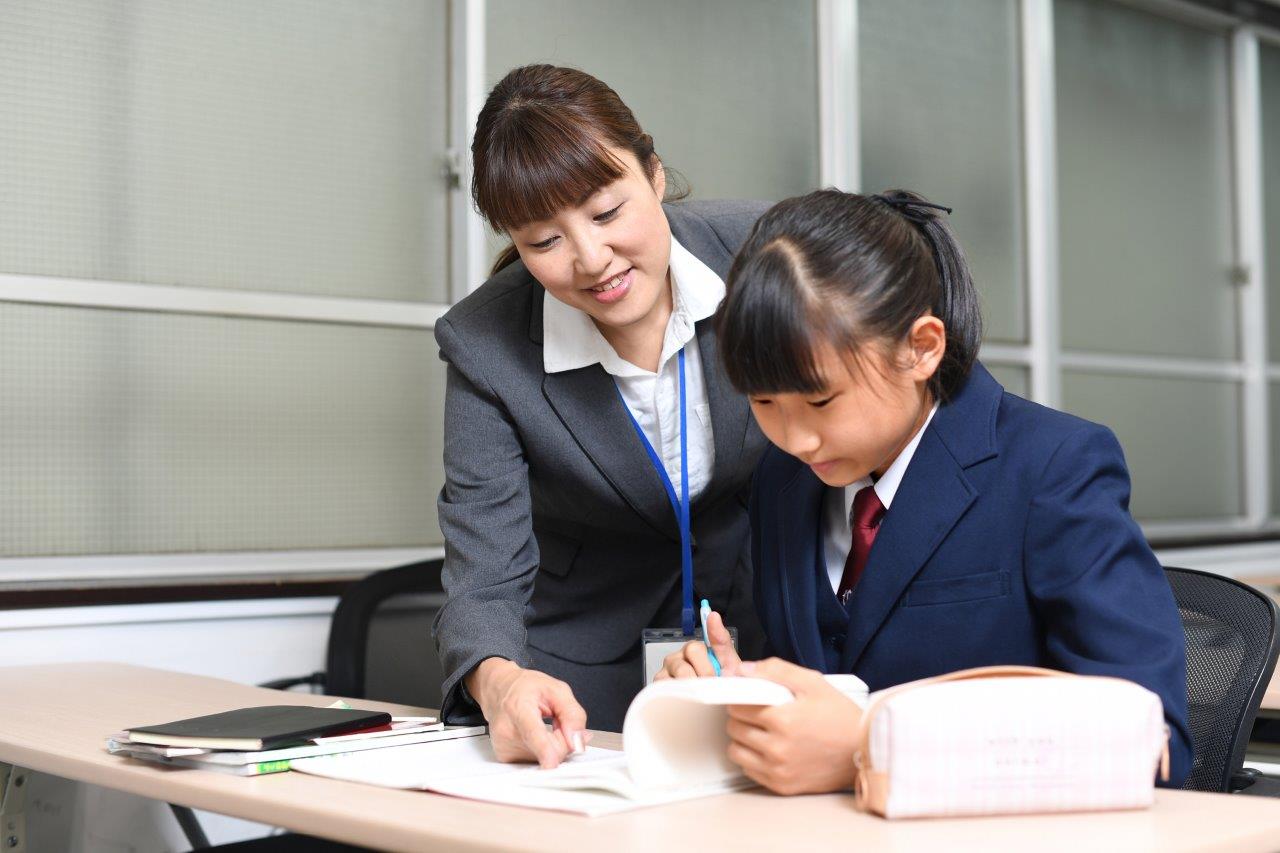Research suggests that there are fewer eminent women than men in virtually every field of endeavour, including those in which women are traditionally over-represented, and while some studies have looked at women in their 20s or 30s, precious little has been done that sheds light on the kinds of decision-making processes, values and goals that gifted female students are setting up in their pivotal high school years. Until now.
Psychology and Social Work PhD, Dr Rebecca Napier, and a team of experts at Flinders University have conducted a study into the career development and outcomes for 18 adolescent girls from Year 8, 10 and 12 in three selective entry schools.
Napier tells EducationHQ that the research is important, because it’s straight from the girls’ mouths.
“Understanding early influences on the development of gifted girls’ career-related values and employment dreams can help us keep our girls on strong pathways to achieve equity with men in women’s long-term prospects,” Napier, also director of the Gifted Pathways consultancy, says.
In terms of career goals and aspirations, altruism was high on their agendas.
“None of them mentioned high salaries or wanting a certain kind of position or fame ... they didn’t seem to have a real sense of money being super important, or at least they didn’t talk about it, it just wasn’t on their radar,” Napier says.
“It was a case of ‘OK, we’re not talking about salary position or fame as a goal – we want to define success in our own terms, we want it to be about impacting other people while keeping our wellbeing in check, and we want to do it in this semi-independent way, where we have work colleagues, but we want to be able to go off on our own and lead a bit and do our thing and then come back.
“They were really after high impact in terms of making a difference – that was the main driver of everything, and wanting to impact the world.”
Issues discussed by the girls in the study included coping with high internal and external expectations, maintaining physical and psychological wellbeing in the context of a career, and balancing career pathways with family relationships and other aspects of adult life.
Not surprisingly, high pressure from parents created a great deal of tension and stress for the girls.
“I actually found that there were certain cultural pressures and socio-economic pressures,” Napier says.
“So I found that Asian students spoke directly about their cultural pressures around being a doctor or lawyer, one of those. And if they felt like they couldn’t be that, then they didn’t want to talk about what they did want to be.”

Dr Napier says her study is important because “we're hearing their [gifted girls’] voices – it’s not top down, it’s not stats research – it’s directly their voices about their dreams and their drive and what matters to them.”
Napier also found with students who were first-in-family to go to university, for example, if they came from a lower SES background, they felt more pressure to do better for the sake of the family history.
“So those parents really wanted them to rise higher, do better,” Napier says.
“I found that quite surprising … I would have thought that moderate SES or high SES families would be putting more pressure on, but it’s actually the low SES families that seem to be pressuring their girls the most, to rise the highest, like in a really traditional kind of in-the-box way.”
Some of the girls reported that the career information or support provided by their school was not expansive and conducive to steady development through high school and students’ personal journeys.
“I found that the teachers, again, much like the parents, if they had really specific ideas for the girls, that the girls felt a bit pinned in, or that it was a bit stereotyped around being a doctor or lawyer,” Napier says.
“I heard that over and over again, but of course I was talking to girls who were in a selective program…
"On the flip side, the teachers who really took an individual interest to connect on a relationship level with different girls, and would pull them aside at the end of a science lesson and say, ‘hey, I can see that you are amazing. If you did really great at that, I think this would really help you, or that would really help you'.
“That connection, that one-on-one relationship connection in those small, quiet minutes, meant the world to these girls.”
Napier says career policies and practice need to be improved for gifted adolescent girls to help them reach their potential and thrive.
“While the girls in our research have talked about the things that are really helpful, they also suggested there’s a lot that needs to be done to improve what’s offered at school for them,” Napier says.
“And I think just in general, gifted adolescent girls are confident and driven to reach their goals.
“They’ve got this confidence, they know what they’re on about, they’re driven, they’ve got these values that they hold dear, but they really do have quite a number of barriers and tensions that they’re experiencing in their school lives, from other spaces too.”
Emeritus Professor John Halsey, another author involved in the study, says unlike for males who tend to value high-profile career positions and salaries, some research indicates that adolescent girls tend to lower their career aspirations as they progress through secondary schooling, particularly if they aim for highly prestigious or non-traditional careers for women.
This, he says, may reflect girls focusing on future work-life balance and perceptions of gender, socio-economic and cultural differences in fields of work.
“However, schools and outside influences such as mentors, work-integrated learning and changing perceptions on gender work can help to reduce these negative influences in girls achieving eminence in their chosen career paths,” Halsey, a former Fulbright exchange scholar in gifted education, says.
“Encouraging individuals to explore their strengths in light of multitude pathways in complex, changing workplaces is a powerful way to add to the influence of family, teachers and parents.”

‘Bored! Bored! Bored!’ Australian teachers receive little, if any, training on how to support high potential and gifted students, which continues to exacerbate the many problems facing them.
Last month, EducationHQ spoke to Griffith University expert in giftedness and twice-exceptionality Dr Michelle Ronksley-Pavia and, more broadly, she says high potential and gifted students – who comprise an estimated 10 per cent of all Australian students – are languishing, disengaged in classrooms across the country and that the latest PISA results are “just the tip of the iceberg” that signifies their continued systemic neglect.
Since 2003, PISA data indicates the proportion of Australian high performing students has decreased in mathematics by 8 per cent, in science since 2006 by 2 per cent, and in reading since 2000 by 5 per cent.
“[In terms of academically gifted students across the board] … there are pockets of joy, there are pockets of schools that are doing as well, pockets of teachers who are driving amazing programs and differentiation,” Napier says.
“But there’s now been two Senate inquiries into gifted education and gifted students, and according to our government they are the most disadvantaged students in our school system in Australia.
“… people think of gifted kids as being privileged, and ‘they’ll float on their own’ … but in reality, if you’re looking from a social justice perspective, they are the most disadvantaged, they get the least amount of money and attention.
“And if you look at academic growth in a 12-month period, they often already know between 50 to 80 per cent of the curriculum before the school year starts.”
Robert Sternberg’s work in the area of transformational giftedness is well known and gaining momentum in gifted education circles. His focus is on altruism.
How do we identify our gifted students and how do we find within that grouping, while they’re still young, the ones that are most likely to make a really positive and strong impact on our world – whether it be climate change, a new medical discovery, and so on?
“I think it’s really important in terms of school provision, first of all, that we identify our gifted students in rigorous, systematic, regular ways,” Napier says.
“And let that start in policy. I think within that, we need to actually identify and make a focus on those that are most likely to impact our world for the common good, that we need to be looking for our transformationally gifted children and young people, while they’re young, who are our future changemakers.
“If our time and energy and money is slim in this area, let’s find the ones that are really going to make a difference in our world.”
She says to better cater to these kids more professional learning is required for practicing teachers within schools and universities.
In individual schools, it comes down to the principal leading a commitment from the top down, “so that it’s not a fight, but a collaborative effort by a school”, Napier says.
“And that’s in teachers working together in small cluster teams to really make a difference,” she adds.
“I find if you can get in any school, a group of three to five committed teachers who are really interested in working together, they can absolutely change the shape of what’s happening in that school.
“I’m a big believer in team building, I think that’s what the schools need to do, absolutely, in terms of giftedness.”
Based on their research, Napier and her team have come up with a table of recommendations for schools, families and communities that are very linked, very fine grained and achievable.
“It’s actual practical recommendations of what schools can grab, families can grab, communities can grab and start chipping away at,” she says.
Strategies for gifted girls to reach their career potential:
- Individual and highly personalised career advice for gifted adolescent girls, encouraging them to self-determine their best interests and passions.
- Expanding career support to access a wide range of career-related contexts and relationships from primary to high school, including work placements in high-impact workplaces and role models for formal and informal mentoring.
- Exposure to potential fields and roles should not be confined to assumed traditional careers deemed appropriate for high academic achievers, such as medicine.
- Provide opportunities to undertake school- and community-based leadership roles to help achieve career leadership goals.
- Career-related education and support should be ongoing and systematically integrated into the school curriculum, including entrepreneurship or areas of emerging technologies as well as traditional career pathways.
- Career support should include guidance about navigating psychological and social aspects of career development.














